Gayle explores Sandaig Bay – immortalised as Camusfearna in writer Gavin Maxwell’s Ring Of Bright Water.
It’s an alluring spot; a near-mythical place – a scattering of low-lying islands stretching out into a silvery-blue sea.
Through the conifers I glimpse a tiny patch of bright white sand, a splash of turquoise, and a rough, grassy area where the house of Camusfearna once stood.
It was here that Gavin Maxwell wrote Ring of Bright Water, his best-selling memoir about the life he lived in this remote corner of north-west Scotland with his ‘pet’ otters, published in 1960.
Tranquil setting
It’s easy to see why he was so enraptured by the tranquil setting of Sandaig Bay, a few miles south of Glenelg.
When a friend offered him the lonely lighthouse keeper’s cottage here, as a bolthole to which he could escape with his springer spaniel, Jonnie, he didn’t hesitate.
It had everything he could have dreamed of – peace, solitude, natural beauty, wildlife, and breathtaking views across the Sound of Sleat and over to Skye’s Cuillin hills.
The cottage, Camusfearna, was destroyed by a fire in 1968, killing one of Maxwell’s beloved otters, Edal. The writer himself died just a year later, aged 55.
As I make my way down to the bay, I feel a surge of anticipation. This, after all, has been a place of pilgrimage for many a Maxwell fan since the 60s.
Ring of bright water
From above, you can see the so-called ‘ring of bright water’ itself – the curving burn that makes Sandaig almost an island in itself.
It’s an easy mile-and-a-half walk down to the coast, through forestry and initially passing a cute lochan and a tin roofed cottage that was apparently where Maxwell’s friends Morag and Calum MacKinnon once lived.
Emerging onto overgrown grassland behind the beach, I take a detour to explore ‘Raef Payne’s’ derelict once-whitewashed cottage, then sit for a while simply gazing out to sea, letting the essence of this special place fully sink in.
The beach is fabulous, and course there’s always the possibility you might spot a seal, or even an otter…
A path through a meadow leads to a huge memorial boulder that marks the spot of Maxwell’s former home, Camusfearna, and is also the resting place for his ashes.
Touchingly, previous visitors have left offerings of shells, pebbles and bleached sticks beside the bronze plaque.
A short distance away, beneath a tree, is another memorial – to his otter Edal – with the writer’s words: “Whatever joy she gave you, give back to Nature”.
Evidence of Maxwell’s life
While nothing remains of Maxwell’s house – not even a brick – there is evidence of his life here. I find his old boat trailer rusting away in a corner of a field – he apparently had a 40 foot motor launch called the Polar Star.
The power cables and poles, which arrived at Sandaig after the success of Ring of Bright Water, can also be found.
And Raef Payne’s cottage – which is where Maxwell took refuge when Camusfearna burned down – is still standing.
There’s also the roaring waterfall the writer looked upon as “the soul of Camsfearna”, and a ‘cursed’ rowan tree (Maxwell believed his lover, the poet Kathleen Raine, cursed the tree after he threw her out of the cottage during an argument one stormy night).
And of course the burn that gave his revered book its name still meanders in a semi-circle to the sea.
Adventurous alternative
The easiest way to return, although like me, you’ll probably be reluctant to do so, is to retrace your steps, but there’s an adventurous alternative if you prefer, crossing a rope bridge over the burn.
I venture over it, somewhat shakily, landing up on a grassy track. From here you can head out to explore the headland, and then tackle an overgrown section through brambles which is said to sometimes be ‘impassable’.
I choose to return the easy way, as it’s getting late in the day. It’s quite a steep haul, but I’m happy to take multiple rest stops to gaze back in awe down at the remote, magical bay.
Whatever you might think of Maxwell – and there’s been much dispute about the ethics of keeping wild animals such as otters as ‘pets’ – the powerful imagery his writing created has never been in question.
And it’s here, at Sandaig, Maxwell’s so-called ‘Avalon’ that you can truly appreciate it.
- Gavin Maxwell wrote Ring of Bright Water, his autobiographical account of his life with otters, at Sandaig. When his cottage, Camusfearna, burned down in 1968, he moved to Eilean Ban, a disused lighthouse keeper’s cottage under the Skye Bridge that he had bought in 1963. Here he continued to write and rear otters.
- He also launched an unsuccessful venture to breed eider ducks for their down on the neighbouring smaller island of Eilean Dudh. In 1969 Maxwell invited naturalist John Lister-Kaye to move to Eilean Bàn to help him set up a small private zoo on the island, with a view to linking it with a visitor centre he planned to open in Kyleakin. The venture collapsed when Maxwell died later the same year of cancer. But in 1972, Lister-Kaye published a book about his time on the island.
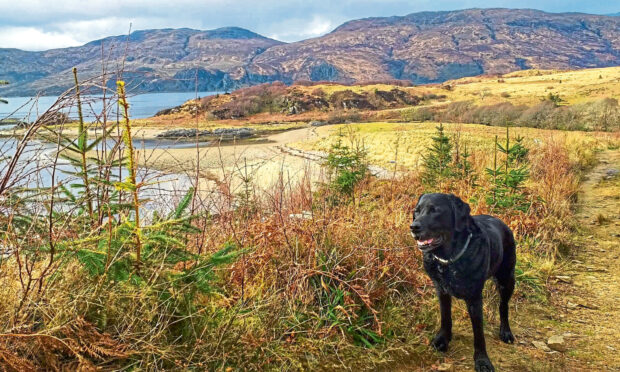
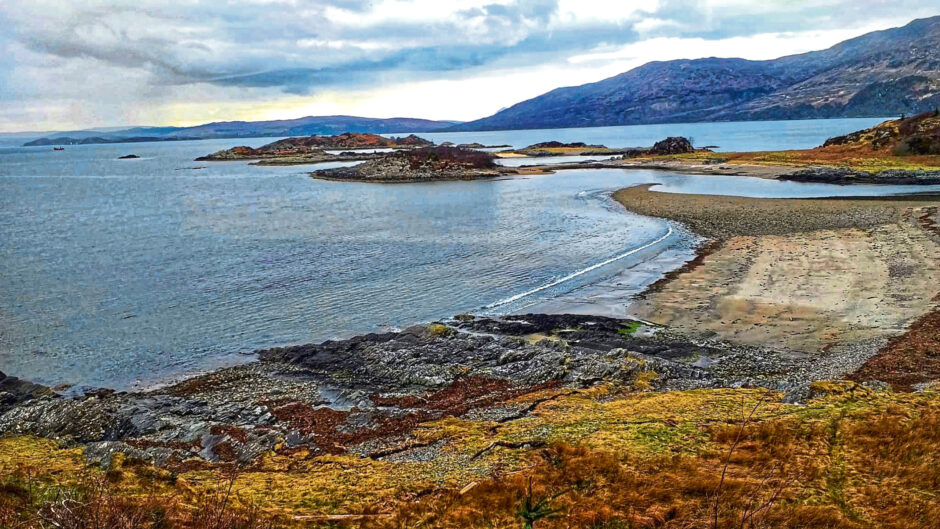

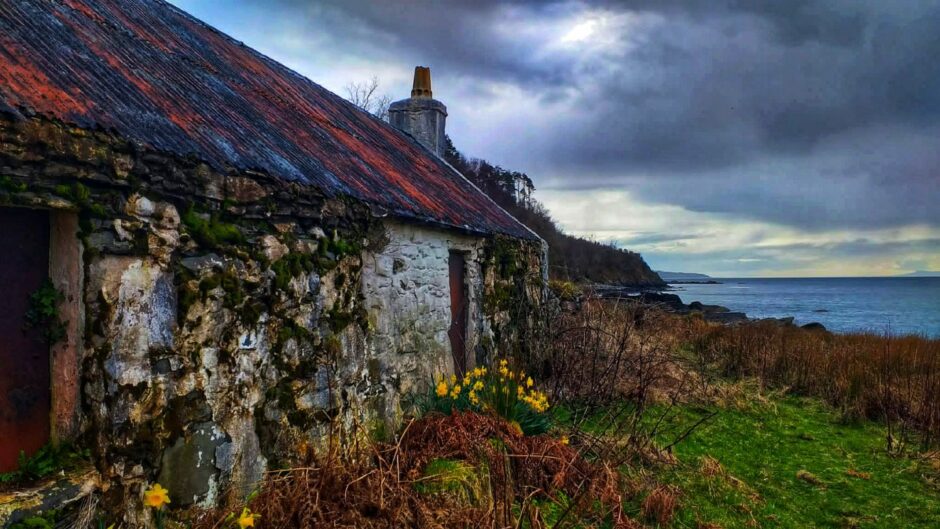
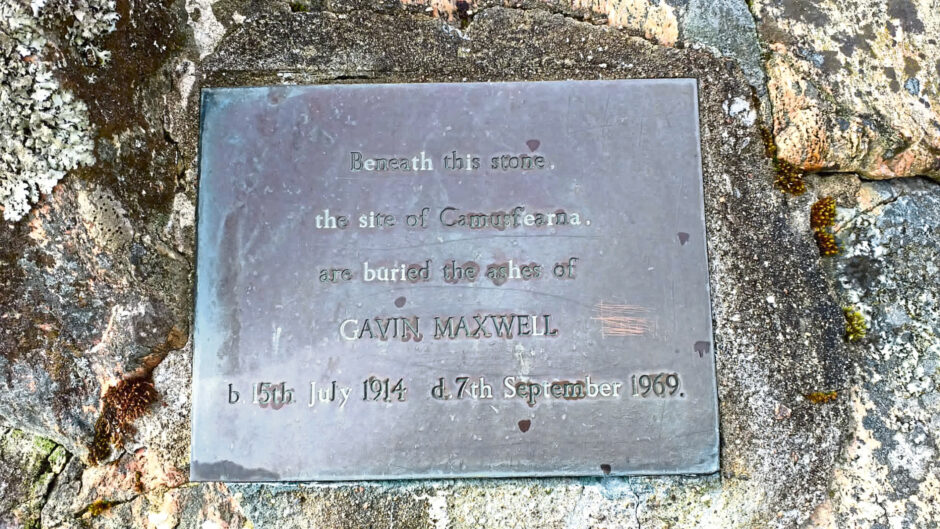
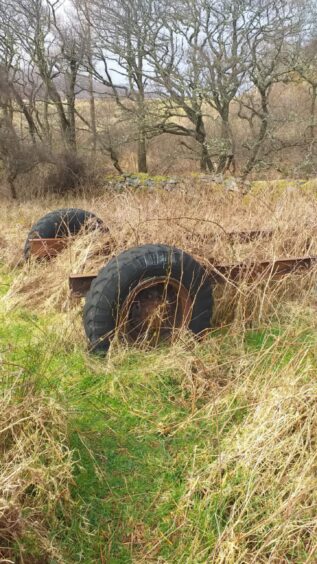
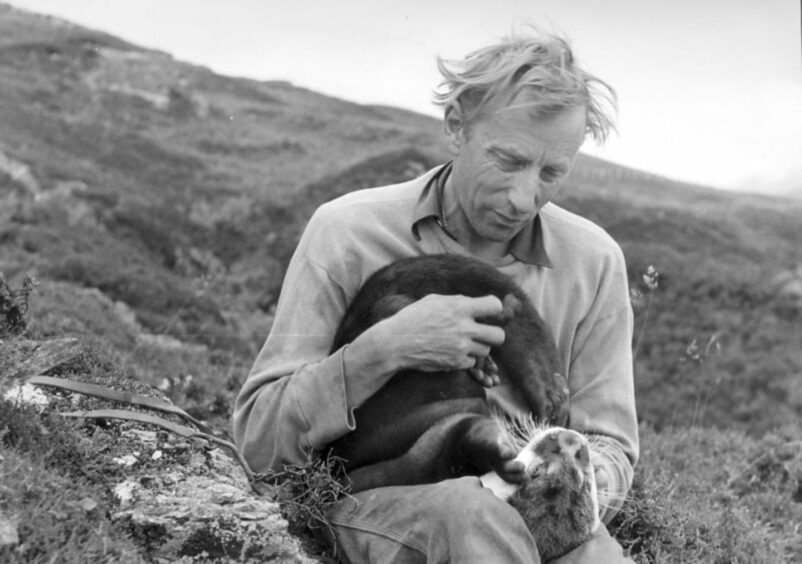
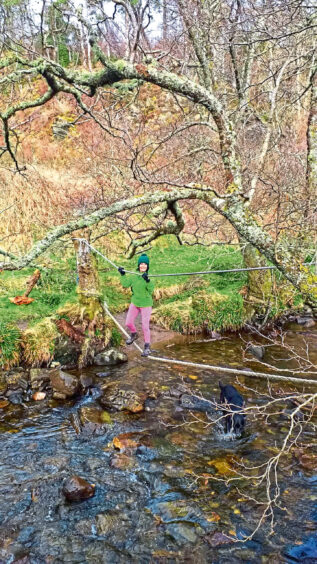











Conversation